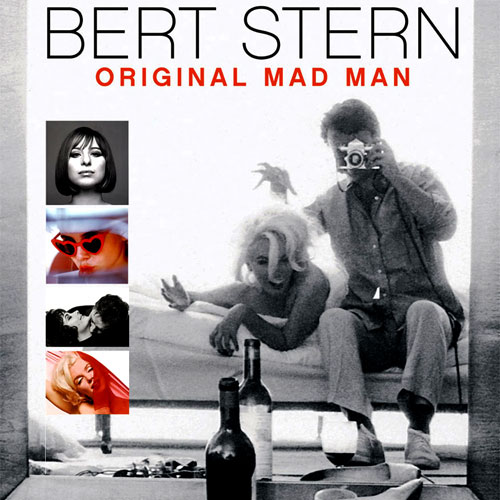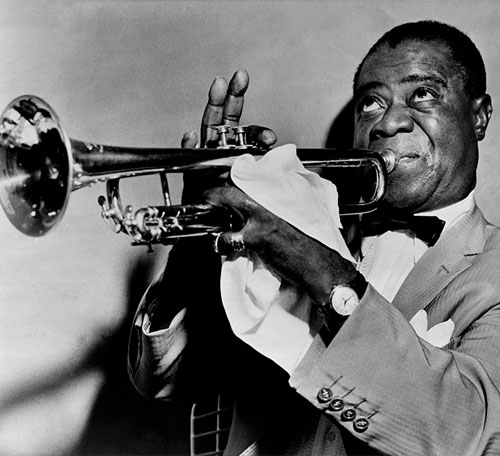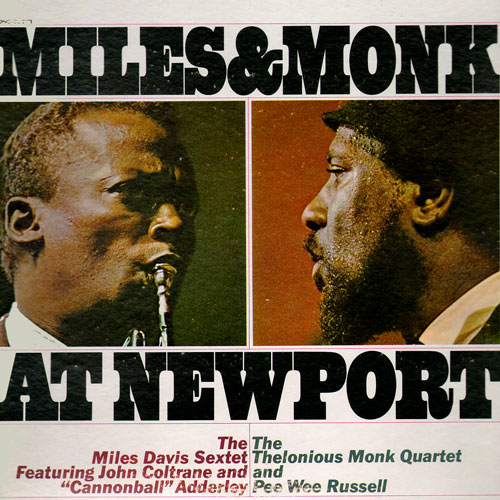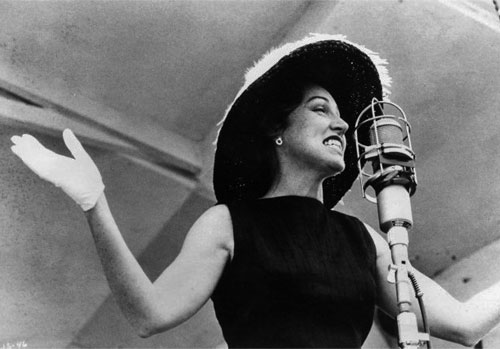Bert Stern Interview
During what was billed THE NIGHT OF A THOUSAND STARS many world-renowned jazz musicians performed - such as Duke Ellington, Miles Davis, John Coltrane and Ray Charles - however, they were left out of the film. How was the selection of performances used in your final cut of the film determined?
It was determined by what we had shot. As far as Duke Ellington… if George said we couldn’t clear it we didn’t shoot it. So, that’s why Duke Ellington is not in the film. We didn’t shoot anything with Duke Ellington or Miles Davis. Personally, I didn’t like Miles Davis, he’s too far-out for me. But who we shot was determined by George Avakian.
Do you feel, as many have noted, that you made the Newport Jazz Festival appear more attractive than it really is?
We made it seem bigger than it really is. It took place in a yard behind a high school, which was very disturbing to me when I first went up there. I imagined Woodstock, even though it was ten years earlier. I imagined large green lawns, with people in trees and music playing, and so on. I was totally disappointed when I saw where it was going to take place. And actually, I was on a small plane coming back and I decided I was not going to do the movie because there was nothing really to shoot that interested me. It was not what I thought of in my mind. And I was sitting next to a guy named Charlie McWater on the plane, who was a lawyer, and he got to talking to me, and said, “What are you doing in Newport?” So I told him I had come to look for a location for a movie I was thinking of doing on the Newport Jazz Festival, but I decided not to do it. He said, “Why?” I said, “Because it’s too difficult.” He said, “No, no you must make this movie!” And we were flying in the clouds at the time and I felt this force and changed my mind. I decided to go ahead with it because my first instincts many times are the ones I follow. Even though I knew it would be difficult.
Some of the criticism of the film points to the idea that emphasizing the big names and vocalists tipped the artistic scale while others go as far as to say that the music was ignored, or worse, used to glamorize the atmosphere of Newport. They were also critical of your ignoring certain technical taboos, such as shooting directly into the light, which would typically diminish the quality of a film. How do you respond?
Well I think it’s just the opposite. I think the style we used came from ideas that I employed to hide the kind of tackiness of the stand and the cheap chairs and so on. We tried to make it much more glamorous. And by shooting into the lights, which was something that I did in my still photography, I tried to, in a sense… recreate the look of my still photography into the movie.
When you were preparing to embark on a career as a filmaker, what pictures inspired you?
Well, HIGH NOON, ALL THE KINGS MEN - they’re movies I just love, not that JAZZ is anything like that.
What has become of the unused footage you shot in ‘58?
We’ve thought of making another movie out of outtakes, which reside in the public library in Harlem. There is a lot of footage that has never been seen before. It’s not so easy to get things out of the library once they get in. But the library did save all the outtakes that were lying in a warhouse in Spain for eighteen-nineteen years. So, that’s all in Harlem getting cleaned and I hope to someday get the chance to make JAZZ ON A SUMMER’S DAY II. I’d thought we’d kind of go back and relive the times. I’ve also thought of trying to make it into a story, but again, I don’t have a script. I think the problem we had with the first script is it just wasn’t good enough. It didn’tmake any sense, so I thought we could improvise it. I know we used the best footage but there were some performers we had extra songs on. Like there is a second Chuck Berry song which we didn’t put in. There is more of Jimmy Giuffre and there is certainly more of Louis Armstrong. That stuff would be good for the outtakes… footage that has never been seen before.
Looking back to the weekend you shot JAZZ, what is it you remember most?
Well, going to Newport was like going into a magical world of the very rich. Just… Elaine Lorillard who lived in the area with all the mansions, she was part of the rich. And just going through those big mansions, like the Breakers, places where Vanderbilt was brought up… it was everything I wasn’t. I was a poor kid in Brooklyn, so I loved seeing all those places. The jazz brought some reality to the project and even though it is not a jazz film, I loved the music. I loved Anita O’Day! It was like discovering gold while we were shooting… I never heard Anita O’Day before.
|
|
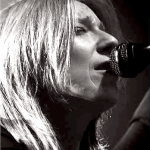
|

The Bombay Bicycle Club |
LATEST GALLERY IMAGES
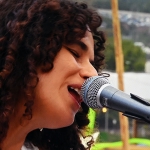
Good Neighbours 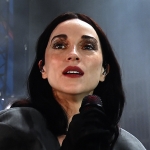
St Vincent 2025 |
|
|


